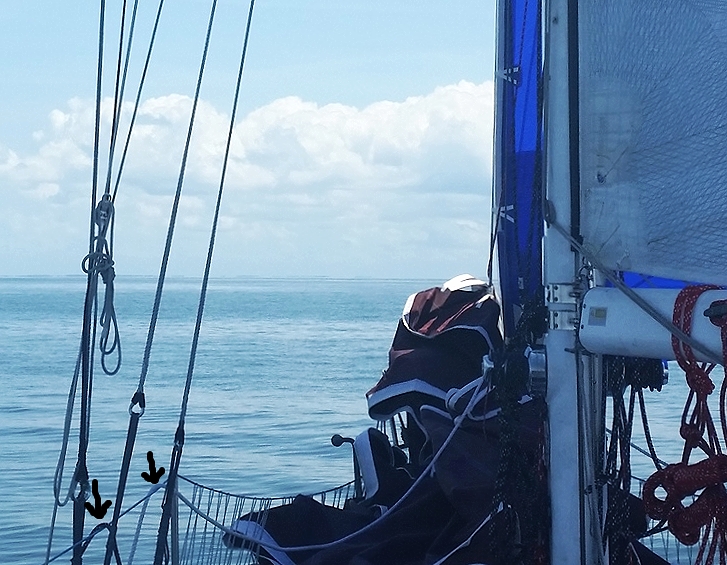Line Service is one of the oldest ways to protect a line from chafe and wear. It was used on tall ships to protect the halyards where they would pass through shivs, where dock lines would pass through hawse pipes, and where stays would be subjected to chafe. When steel rigging first started, service was used to prevent rust and protect the cable from the elements.
Three strand line was traditionally used for everything on a boat. It was the sheets, halyards, stays, lashings, dock lines, steering cables, ect. In locations where it was going to be subjected to a lot of wear, it would be "Wormed, Parceled, and Serviced".
Worming is the process of filling in the grooves between the lays with a smaller cord. Then the line is Parceled, which involves wrapping a cloth soaked in tar over the line to hold the worming in place and smooth the outer surface of the lines. 3 lay would have 3 peaks that would chafe more and 3 valleys. Worming fills these valleys and the parceling covers them up. Worming and parceling go with the lay of the line, while service goes against the lay. It is important to parcel the line starting at the bottom of the line working your way up with each wrap overlapping the next. This will create a shingle effect, helping to keep water from entering the line when it is set up as a stay. The tar helps to seal out any voids that might be left, further preventing the ingress of water which could lead to degradation of the line.
Lastly, the line is serviced. Service is applied opposite to the lay of the line. The reason is, as the line is stretched, it will straighten out a bit; unwinding its lays just a bit. If the service were applied with the lay as worming and parceling were, the service would loosen when the line is stretched. By going against the lay, it will actually tighten even more when the line is tensioned. After the line is set up, it must be coated in slurry to help keep it waterproof. Slurry is a combination of stockholm tar, varnish, and black paint. The idea is to refresh the tar so that it keeps water out while forming an external hardened layer that won't rub off.













